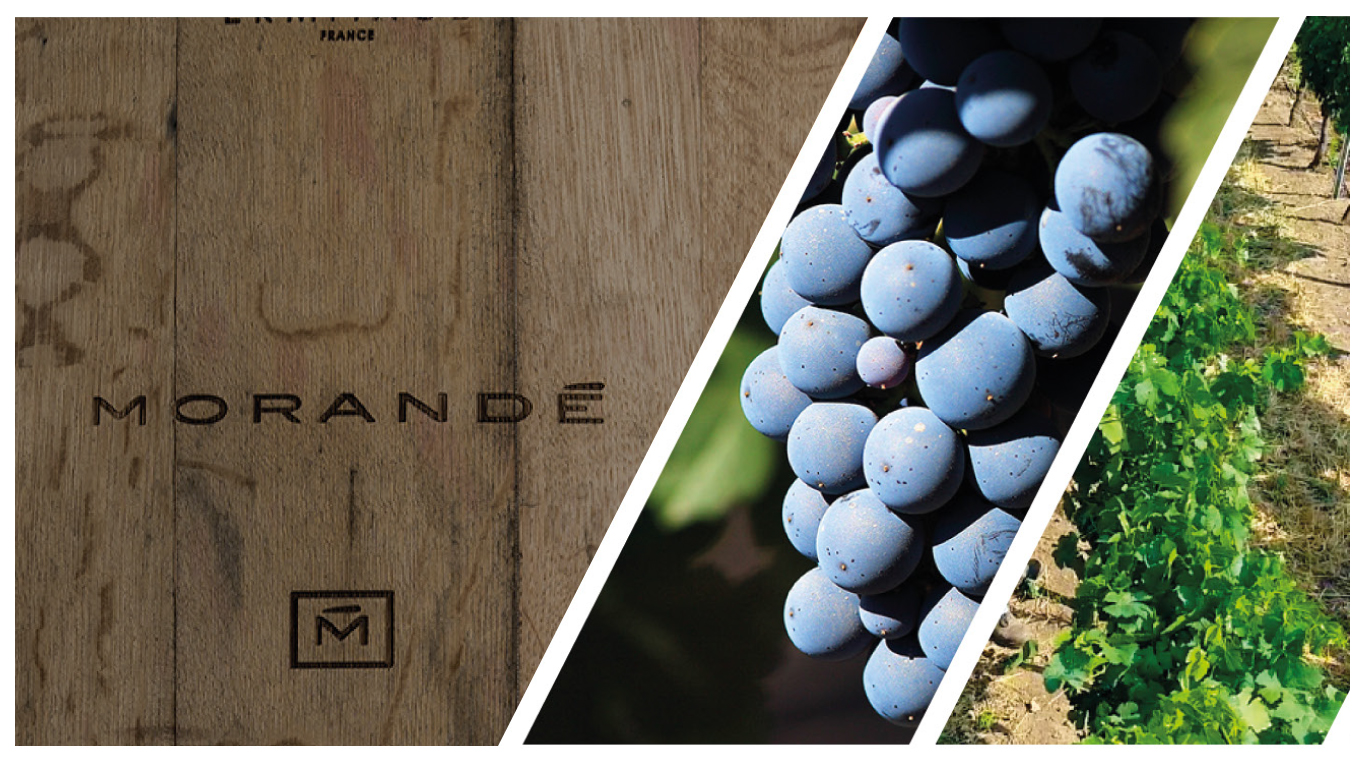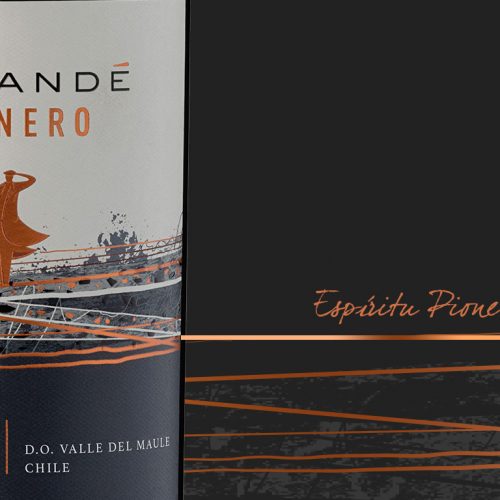
28 Jun A peculiar vintage 2023
It has always been said in the wine world that there are no easy harvests, that they all have their own challenges. However, this 2023 vintage was particularly challenging, as we had to face various scenarios and unforeseen events. In general terms, 2022 was marked, mainly, by a very cold winter and with more rainfall within the normal range, unlike previous years in which rainfall had been very low. Spring, for its part, was also much colder in relation to previous years, which delayed phenological development, but had significant leaf growth due to winter rainfall.
Based on the winter and spring data, we think that the harvest would be delayed. Everything indicated that the ripening of the grapes would be later than normal, in addition to the fact that the inflorescences (future bunches) were abundant, at least above average. However, from December onwards, the summer was hot and temperatures in general increased steadily, which rapidly accelerated maturity. This resulted in a significant drop in the weight of the bunches and dehydration of the fruit, due to excessive heat and restricted irrigation in certain areas.
With these incessant temperatures, we had to advance the harvest, approximately between 7 to 10 days, and it had to be very compressed and fast. Logistics and flexibility in reacting to the narrow windows of maturity of some varieties was key, since areas and varieties that are generally separated by weeks had some degree of overlap.
This scenario was already difficult, but it was not all. Summer not only brought extreme temperatures – which make this 2023 harvest one of the hottest in the last 70 years – but also, in mid-January, forest fires mainly hit the Itata and Bio-Bío areas. More than 600 wine producers were affected, and the fires destroyed nearly 470 hectares of hundred-year-old vines. Undoubtedly a complex situation and a great loss for the national wine heritage.
However, given this general scenario, and that there is talk of 15% less volume compared to the 2022 harvest, the 2023 harvest is projected to be of very good quality, and in which, for example, our Syrah from the Limarí valley will stand out, and our Chardonnay and Pinot Noir from the Casablanca Valley, strains that are expected to be of excellent quality, with great aromatic expression, good structure and elegance.
In the case of the Maipo Valley, which was one of the places where the summer heat felt the greatest effect and where the harvest of high-end Cabernet Sauvignons advanced to levels never seen before, Cabernet Sauvignon and Cabernet Franc of this harvest are projected to be of excellent quality, which speaks of the good terroir of Maipo Alto and the plasticity of the vineyard to adverse conditions, when it is supported, generating the best possible conditions.
As for the Maule Valley, despite the fact that our fields in the southern and central-southern areas had different realities this season, it is expected that our wines from this area, such as the Terroir line, as well as Aterciopelado and Vigno, will be wines with a great presence of fruit, with good acidity and complexity, as well as quality tannins. In general, it will be a year of great concentration.
For the Itata Valley, to date the wines are presented with excellent structure and finesse, however, some of them show subtle smoky notes, due to the fires, which we must control during aging, since it is at that moment when are mostly expressed.
Finally, in the Malleco valley, the October frosts affected the production of both Chardonnay and Pinot Noir grapes. In this way, it is a small harvest, but one that is glimpsed of extraordinary quality, as this special origin has shown us in previous years. Our Black Series wines come from this area, and are shown, just like the 2021-2022 season, with the characteristic elegance of the valley.


